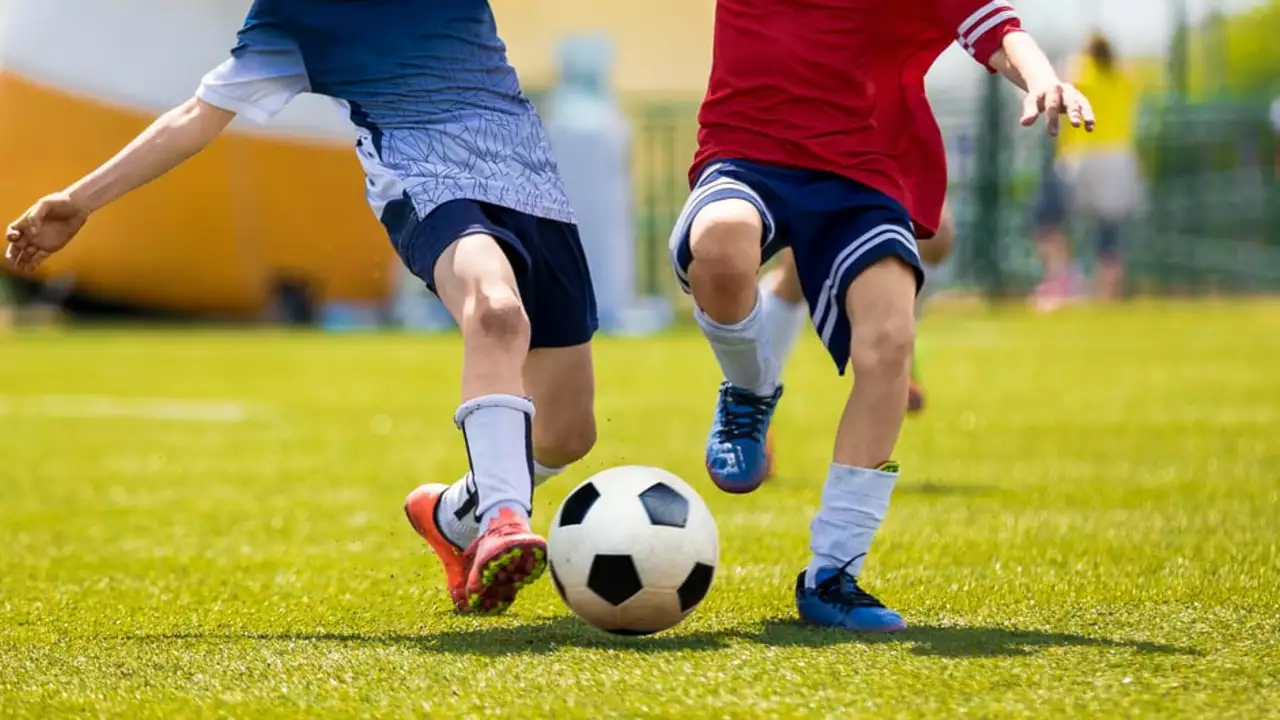Football & Soccer Goals – Everything You Need to Know
When talking about football/soccer goals, the instant a ball fully crosses the line between the posts and beneath the cross‑bar, sparking celebration and altering a match’s outcome. Also called goals, they are the core reward for any player on the pitch and the main reason fans tune in.
One of the most practical ways to improve your ability to finish matches is to master goal scoring techniques, methods that combine foot placement, body angle, and timing to increase the chance of beating the keeper. Common techniques include the driven shot, the curling chip, and the knuckleball. Each technique has a distinct attribute: power, curve, or unpredictable movement. The value of practicing these drills shows up in match statistics – players who vary their technique score more often and keep defenders guessing.
History loves a big strike, and historic football goals, memorable moments that have changed tournaments or defined careers are still dissected by fans and analysts. Think of the 1966 World Cup final header, the 1999 Champions League last‑minute winner, or the solo run by a youngster that turned into a viral clip. These iconic goals influence modern tactics because coaches study the build‑up, the positioning, and the defensive errors that allowed them.
After a goal, the story doesn’t end – goal celebrations, the choreographed or spontaneous actions players perform to express joy have become a cultural staple. From simple fist pumps to elaborate dances, celebrations add personality and can even affect opponent morale. Some leagues even award a "Goal of the Season" based on both the quality of the strike and the creativity of the celebration.
Goalkeepers are the other side of the equation. Their role is to prevent the ball from becoming a goal, and they develop specific skills like reflex diving and command of the penalty area. When a keeper fails, the resulting goal often highlights a tactical lapse – a poorly timed pass, a defensive line caught offside, or a set‑piece that wasn’t adequately marked. Understanding keeper behavior helps attackers choose the right moment to strike.
Analyzing a goal involves more than just watching the final shot. Modern analysts break down the goal scoring sequence into phases: build‑up, creation, execution, and aftermath. Data on pass completion, player positioning, and expected goals (xG) turns a single moment into a measurable performance indicator. This analytical approach is valuable for coaches, scouts, and even casual fans who want to see why a goal mattered beyond the scoreboard.
What You’ll Find Below
Below you’ll discover a mix of posts that dive deeper into each of these aspects – from detailed guides on perfecting a volley, to retrospectives on the most unforgettable goals in British football history, and even discussions about how goal celebrations have evolved across leagues. Use these articles to sharpen your own play, enrich your viewing experience, or simply relish the drama that each goal brings to the beautiful game.



